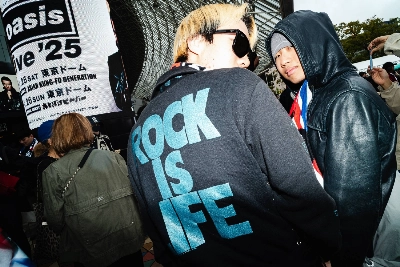The July 28 flash flood that killed at least five people in Kobe serves as a reminder that harmless-looking rivers flowing through urban areas can suddenly become death traps. The beds and embankments of many urban rivers are sealed in concrete, which eliminates natural barriers to flash flooding, such as porous soil that can absorb excess water to a certain extent or channel it to adjacent grounds. Moreover, concrete water drain conduits and channels flow into these waterways, considerably raising the water level during periods of heavy rain.
The Toga River in Nada Ward, Kobe, has esplanades along the shores and has become a park area where local residents come to relax and enjoy themselves. On the afternoon of July 28, the weather suddenly changed. As thunder crashed and heavy rain started falling, those who were in the river started to get out of it. But about 10 people were suddenly swept away at a point about 1.5 km away from the river mouth. One woman and three children were found dead near the river mouth the same day. Two days later, a man was also found dead in the same area.
Between 2:30-3:30 p.m. that afternoon, Kobe registered a rainfall of 31.5 mm, a record for the past 10 years. At a point 1.8 km above the river mouth, the water level was normal at 2:40 p.m. but rose 1.3 meters in 10 minutes.

















With your current subscription plan you can comment on stories. However, before writing your first comment, please create a display name in the Profile section of your subscriber account page.